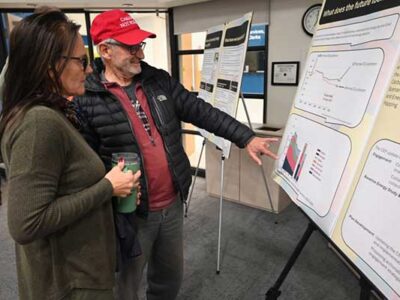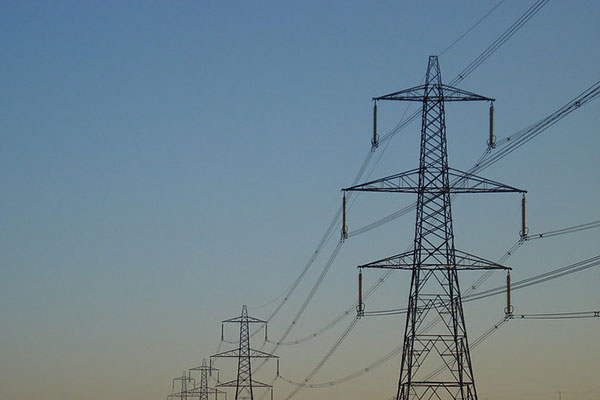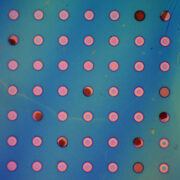- Vianode is investing $3.2 billion to build North America’s largest synthetic graphite facility, with operations planned for 2028.
- The Ontario government is supporting the project with a loan of up to C$670 million as part of its broader EV supply-chain strategy.
- The plant’s full-scale output could supply synthetic graphite for roughly two million EVs annually and create up to 1,000 jobs.
Norway’s Vianode has begun site preparation for a $3.2 billion synthetic graphite complex in St. Thomas, marking one of Canada’s largest investments to date in battery-materials manufacturing and a significant step toward building a homegrown electric-vehicle supply chain.
The project, known as Via TWO, is designed to become North America’s largest production hub for low-emission synthetic anode graphite, a material that makes up most of an EV battery’s weight and is critical for both battery performance and manufacturing reliability. Synthetic graphite is also used in nuclear reactors and defense technologies, placing it firmly within the category of strategic materials governments are eager to secure.
Ontario in the Battery Materials Race
Vianode plans a phased build-out with annual output reaching 150,000 tonnes, enough to supply roughly two million EVs. Production is scheduled to begin in 2028. The first phase will create about 300 jobs, expanding to as many as 1,000 at full capacity.
The Ontario government has offered a loan of up to C$670 million, part of a broader strategy to anchor advanced manufacturing in the province.
Premier Doug Ford said the investment will strengthen Ontario’s competitiveness at a time when some major EV projects face delays, including Honda’s pause on its C$15 billion battery plant in Alliston and Umicore’s temporary halt on a C$2.7 billion facility in Kingston.
Strategic Geography and Timing
St. Thomas has become a focal point for EV supply-chain development. Volkswagen’s PowerCo began construction of its battery gigafactory there earlier this year. Although Vianode declined to comment on potential commercial ties with PowerCo, proximity to automakers was a key factor in selecting the site, alongside access to Ontario’s clean electricity grid and a skilled manufacturing workforce.
The investment expands on Vianode’s existing production footprint in Norway, where the company operates a technology center in Kristiansand and a full-scale plant in Herøya. The St. Thomas facility forms part of its plan to supply materials for up to three million EVs annually by 2030.
Bet on North American Supply Chain Security
Global volatility in battery supply chains has pushed governments to secure domestic production of materials such as graphite. China currently dominates synthetic and natural graphite refining, prompting Western automakers to seek new suppliers amid geopolitical uncertainty.
Ontario officials framed Vianode’s entry as evidence the province remains a stable partner for large-scale industrial investment. With EV sales growth moderating and several global projects paused, the province is positioning itself as a long-term base for minerals, materials, and manufacturing.
“As demand for synthetic graphite ramps up, this investment will ensure the benefits stay with Ontario’s workers,” said Vic Fedeli, the province’s economic development minister.
If Vianode’s plans proceed on schedule, Canada will gain a cornerstone material in the battery supply chain and a powerful signal to manufacturers that the country intends to compete in the next generation of clean-energy industries.














Comments